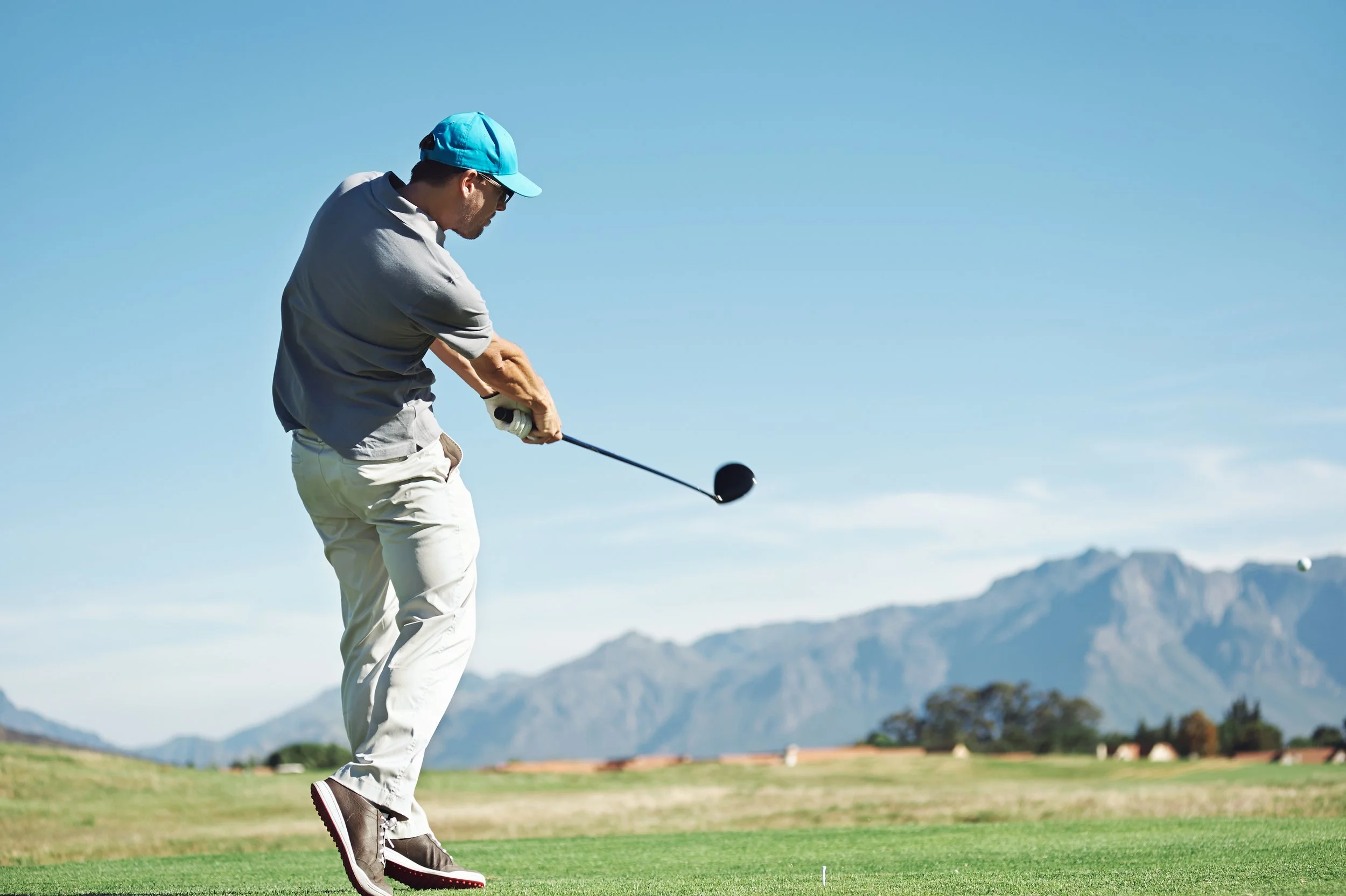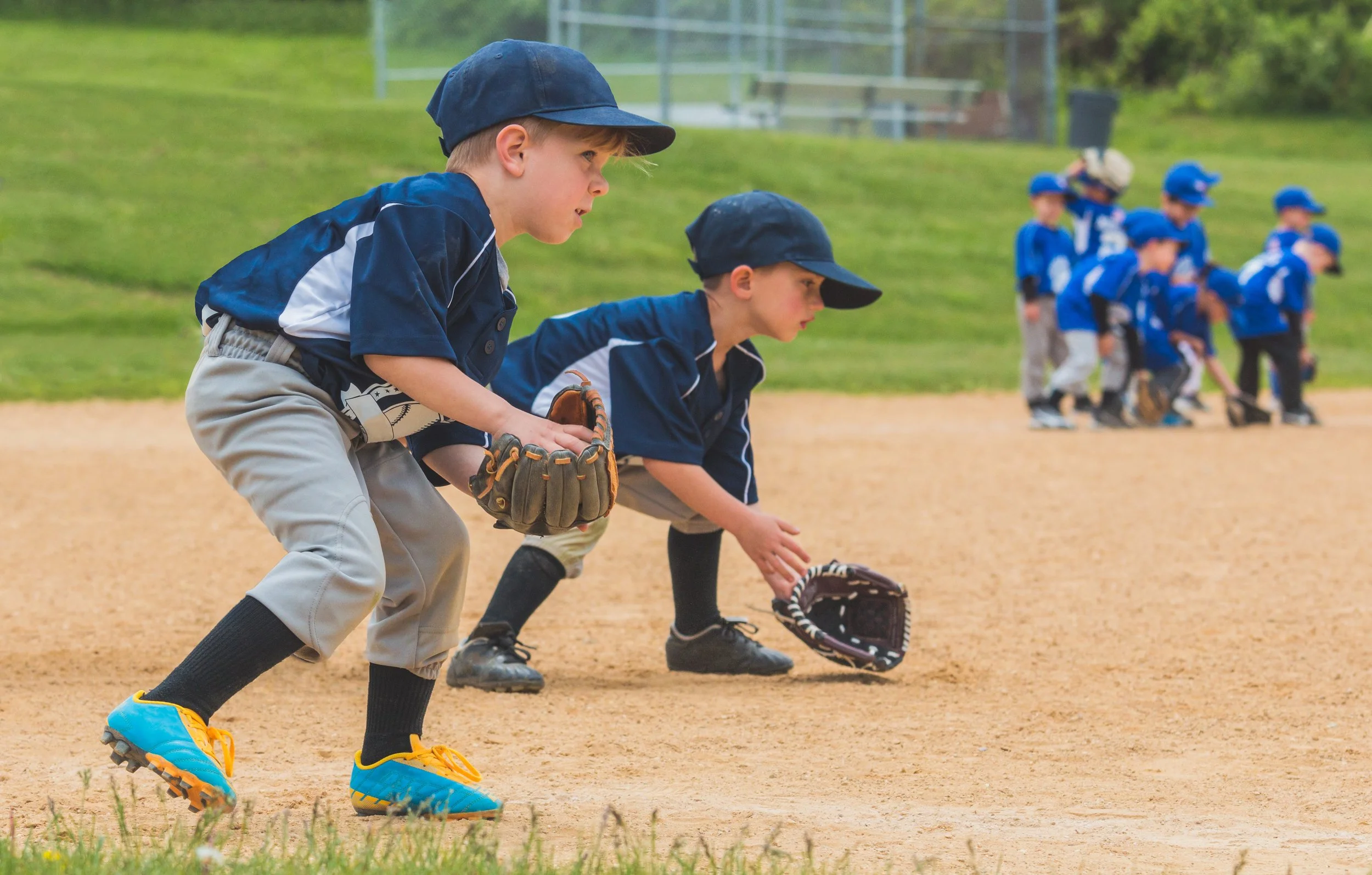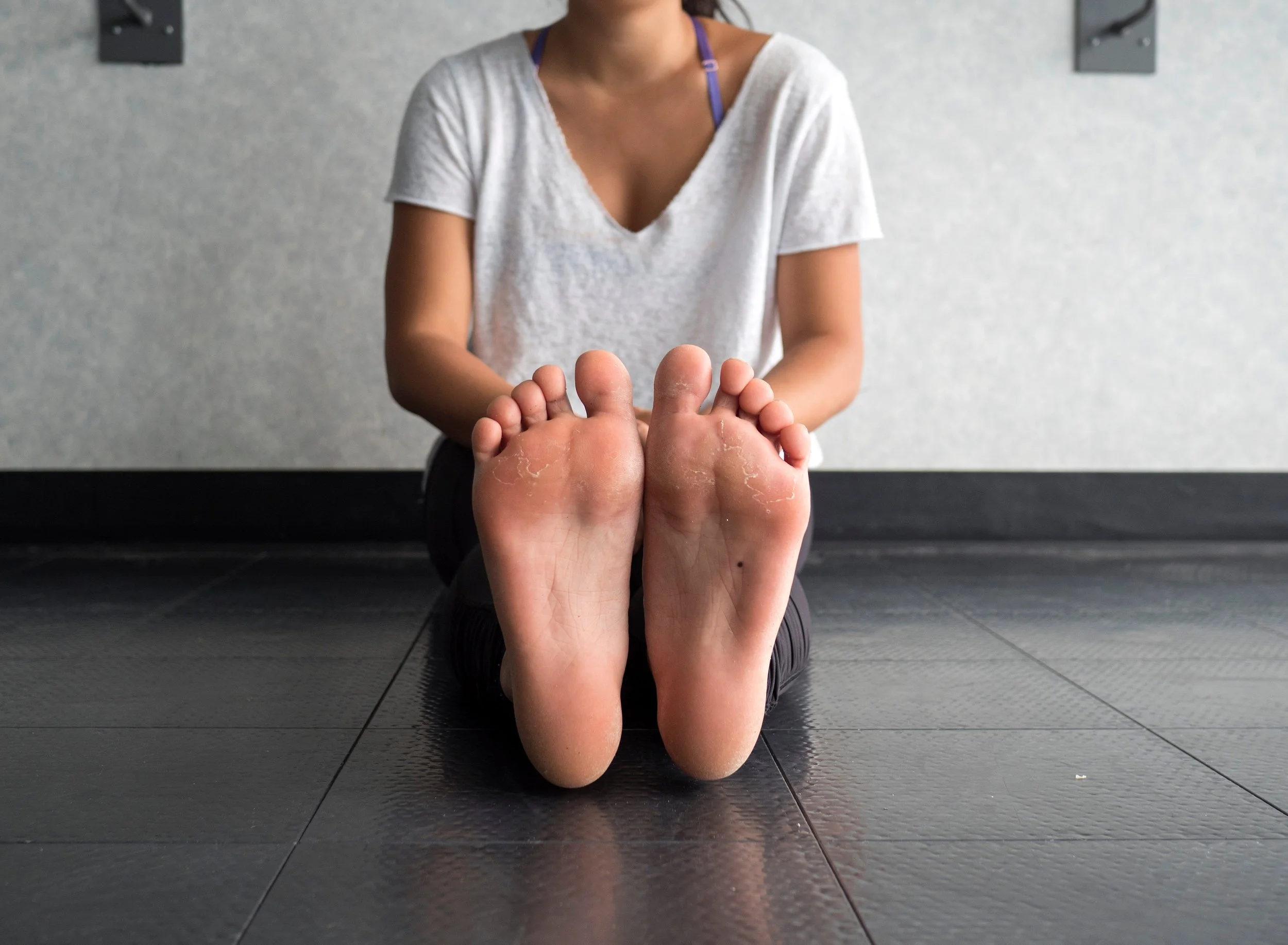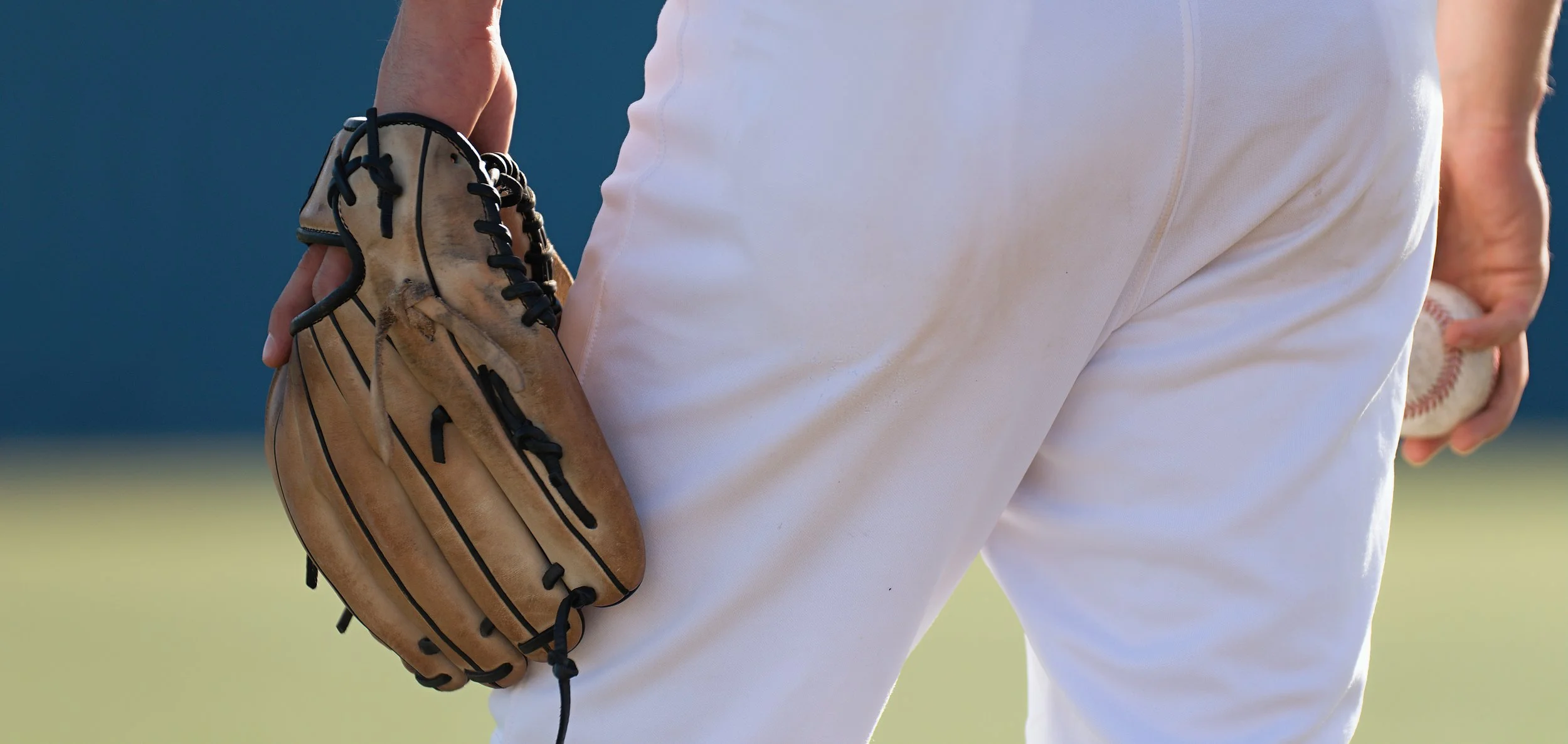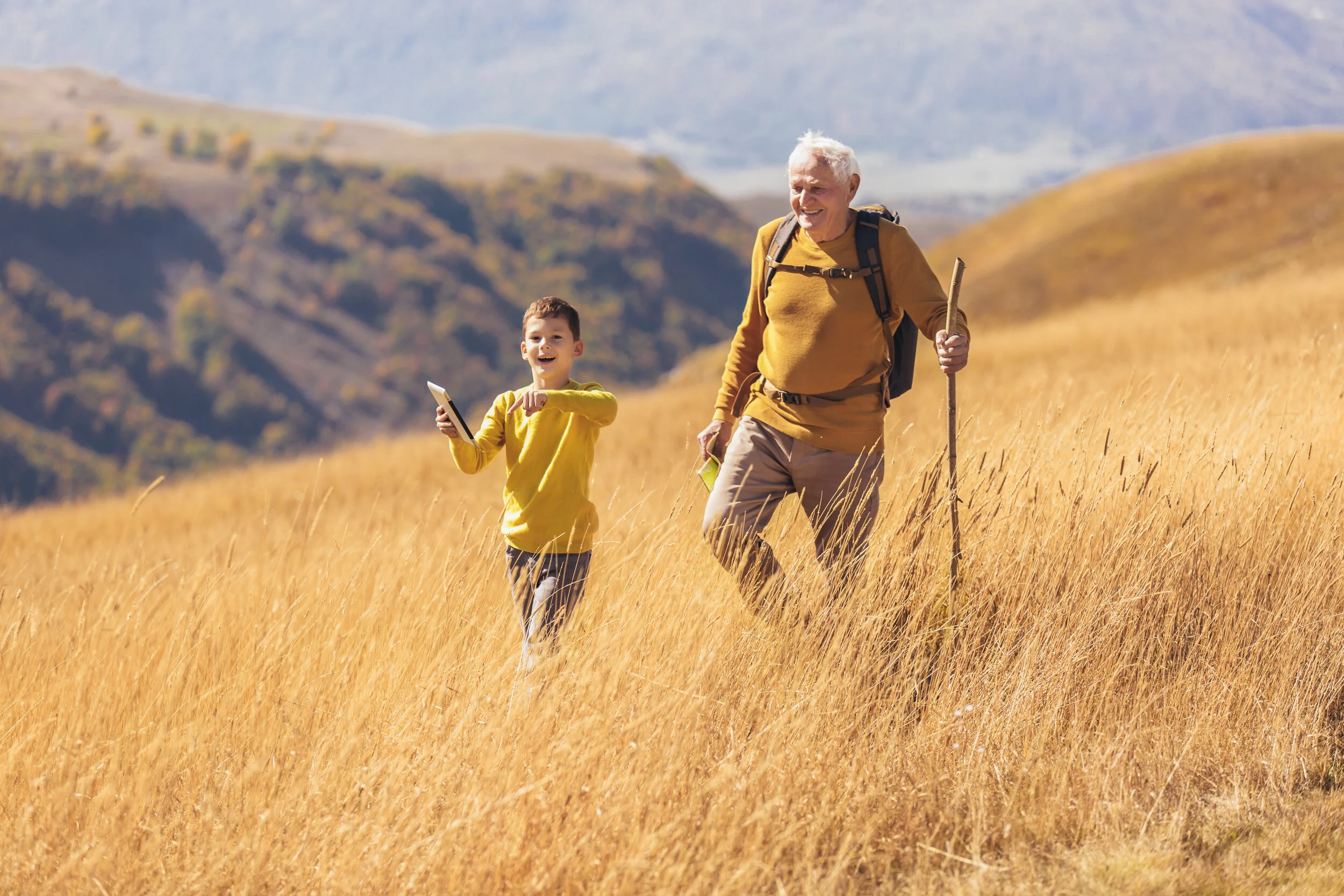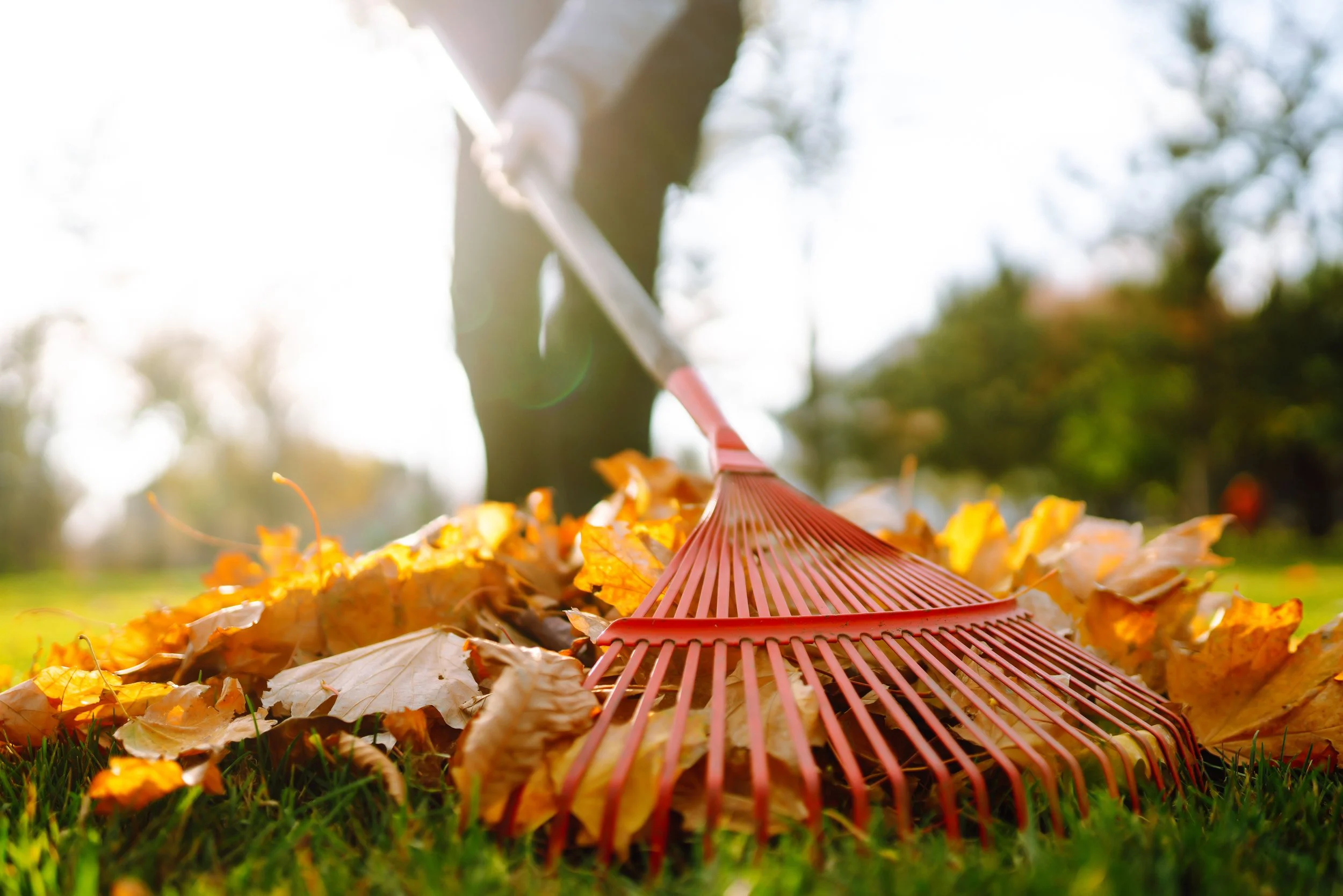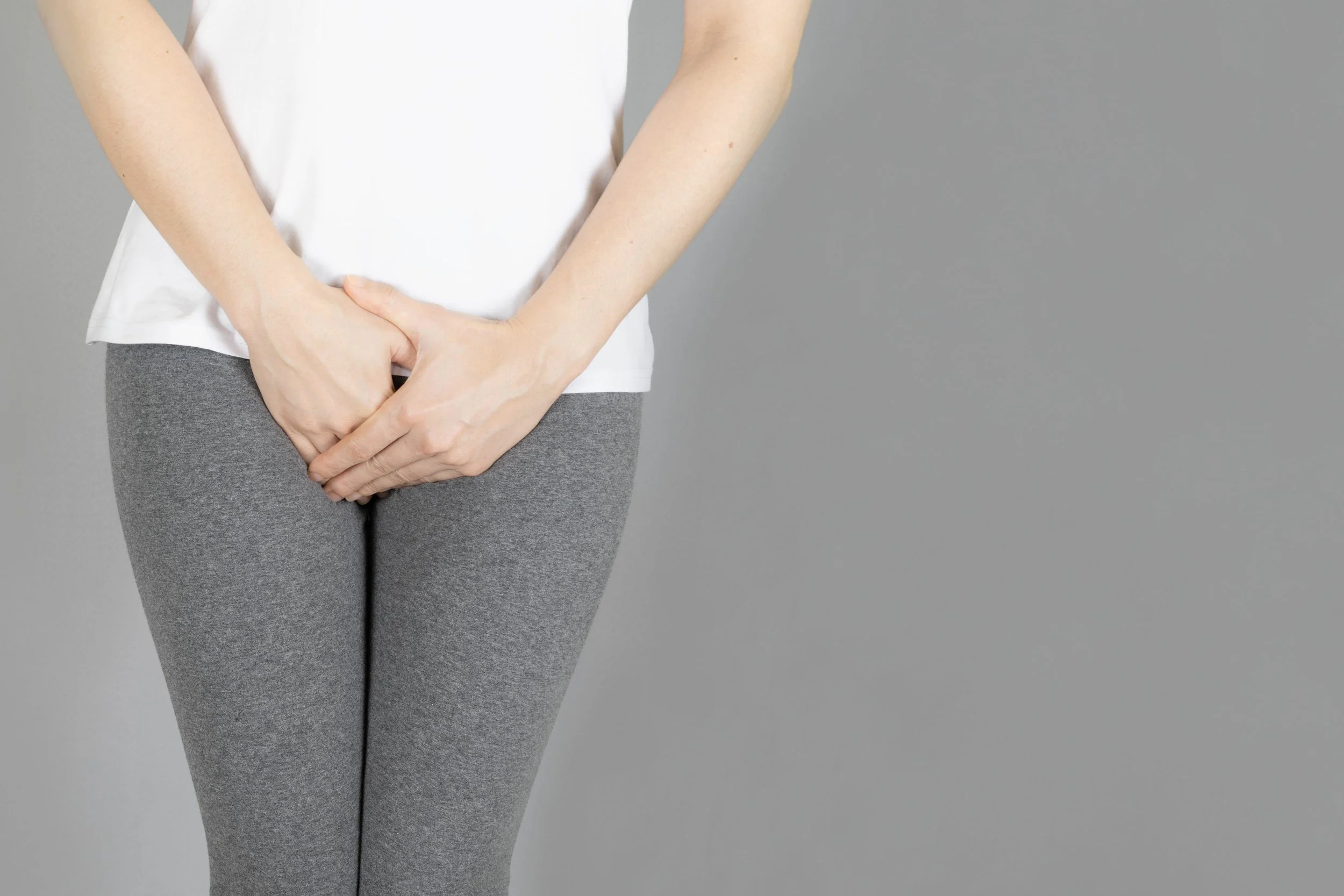Chances are that you have heard the term Little League elbow. Most have encountered
it in the media, during youth playing days, or from their own children. As a medical
provider specializing in youth throwing and overhead athletes (baseball, softball, tennis,
etc.), I’d like to provide some clarity around something that is commonplace yet poorly
understood. This article answers the questions: What is Little League elbow? What
causes it? How do you treat it? How is it prevented?



